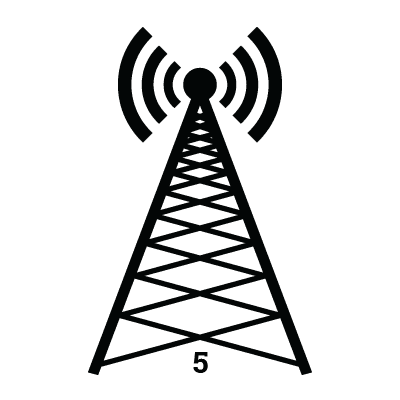EMF Meter Sounds
About EMF Meter Sounds
EMF meter sounds can be very useful to have a thorough understanding of, as they provide a unique way to detect and analyze electromagnetic fields (EMFs) in a given environment. Moreover, EMF meters are devices that measure the levels of EMFs, including radiofrequency radiation (RF), magnetic fields, and electric fields. Notably, some EMF meters have the ability to produce sounds that correspond to the detected EMF levels, which can be a valuable tool in helping individuals identify and locate sources of EMF exposure. In fact, these sounds can be used to gain insight into the presence and characteristics of EMFs in one’s environment.
EMF Meter Sounds and Identifying Sources
In terms of identifying sources, when an EMF meter detects an EMF signal, it produces a sound that changes in pitch, tone, or volume depending on the strength and type of the signal. Consequently, by listening to these sounds, users can determine the presence of EMFs and their characteristics. For example, a high-pitched sound may indicate a strong RF signal from a nearby cell tower or Wi-Fi router, whereas a low-pitched sound may indicate a weaker magnetic field from a household appliance. Furthermore, this information can be used to pinpoint the source of a specific EMF signal, making it easier to take steps to minimize exposure.
Utilizing Sounds From EMF Meters
Overall, by utilizing the sounds from an EMF meter, individuals can then more easily identify and locate sources of EMF exposure, particularly in situations where visual readings may be difficult to interpret. In addition, this can be useful when trying to pinpoint the source of a specific EMF signal. For instance, if a user hears a high-pitched sound near a particular area of their home, they then may be able to identify a nearby device or appliance that is emitting a strong EMF signal. Ultimately, listening to the sounds from an EMF meter can help users develop a greater awareness of their surroundings and the potential EMF risks associated with various devices and technologies, allowing them to create a safer, healthier environment.
Read More
5G NR – 50Hz Pulse
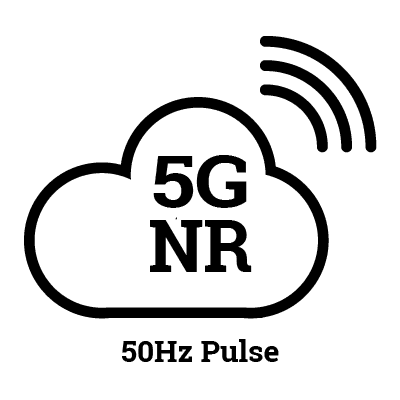
5G new radio 50Hz pulse. Transmitting at 3.6GHz.
5G NR – Data Transfer
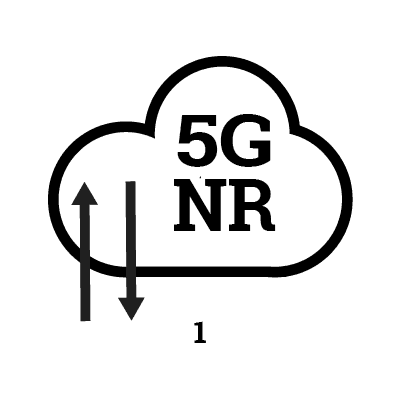
5G NR data transfer. Transmitting at 3.6GHz.
5G NR – Data Transfer 2
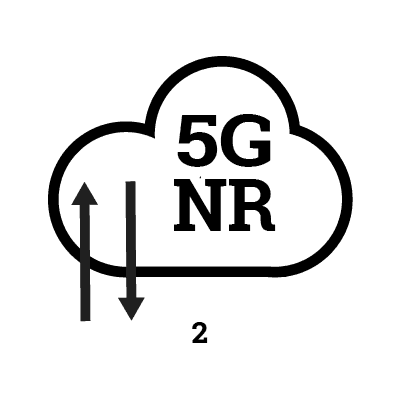
5G NR data transfer 2. Transmitting at 3.6GHz.
Airport Radar

Long range air traffic control and surveillance – 1-2 GHz. Other types of radar can range from 3 MHz to 40 GHz.
Baby Monitor

Baby monitors typically use DECT 6.0 technology similar to cordless phones – 1.9 GHz. Less common frequencies range from 49 MHz, 902 MHz, and 2.4 GHz.
Bluetooth

This occurs when a Bluetooth device is paired with another device (cell phone, computer, etc.) – 2.4GHz.
Cell Phone GSM

Cell Tower GSM
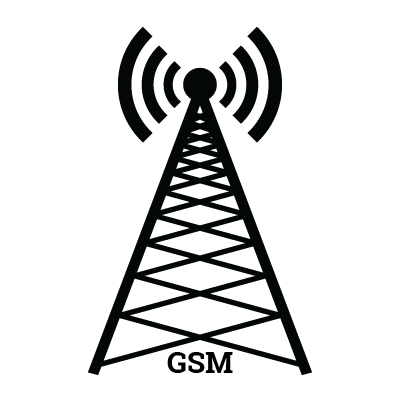
Cordless Phone 5.8GHz
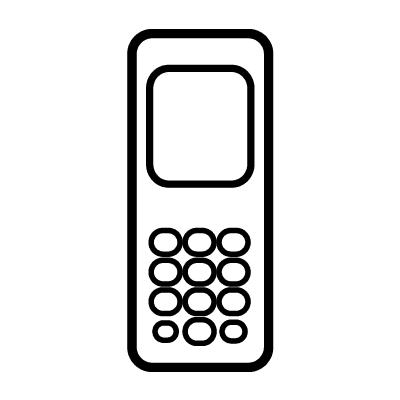
Cell Phone 3G

Cell Tower 3G
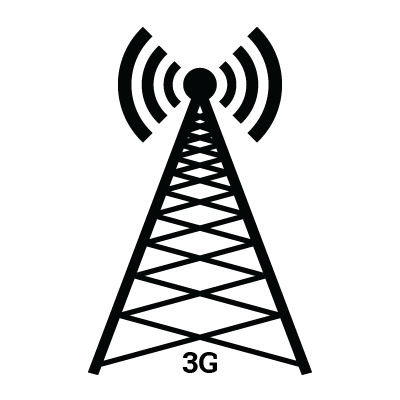
DECT 6.0

Most of the cordless phones available today use DECT 6.0 technology – 1.9 GHz. Less common frequencies range from 900 MHz, 2.4 GHz, 5.8GHz.
Cell Phone 4G

GSM/3G/4G cellular device – 700 MHz, 800 MHz, 850 MHz, 900 MHz, 1700 MHz, 1800 MHz, 1850 MHz, 1900 MHz, 2100 MHz, 2500 MHz, 2600 MHz.
Cell Tower 4G
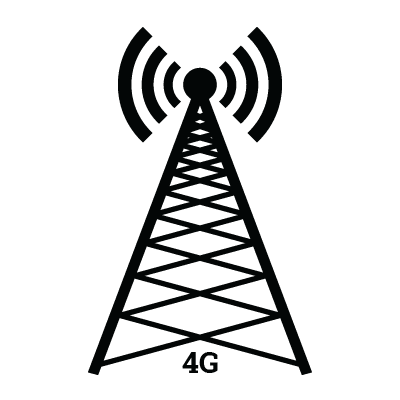
Cell tower – 700 MHz, 800 MHz, 850 MHz, 900 MHz, 1700 MHz, 1800 MHz, 1850 MHz, 1900 MHz, 2100 MHz, 2500 MHz, 2600 MHz.
Digital Television Signal

Digital television broadcast signal (DVB-T) 54 MHz – 890 MHz.
FM Radio Tower

FM radio tower – 88 MHz – 108 MHz.
Laptop

A laptop connected to a wireless network, sending/receiving data 2.4 GHz, 5.1 GHz – 5.8 GHz.
Microwave Oven

The sound of a microwave oven while cooking – 2.45 GHz.
No Source / Background Noise
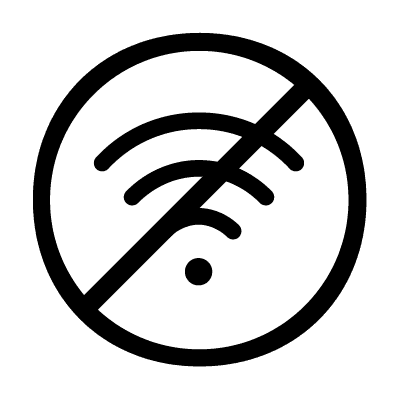
No RF source present.
Smart Meter

A smart meter sending wireless transmissions – 902 MHz – 928 MHz, 2.4 GHz Zigbee.
Terrestrial Trunked Radio
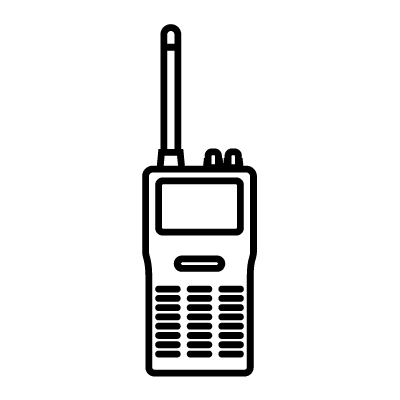
Professional mobile radio and two way transciever (TETRA) 450 MHz – 470 MHz, 809 MHz – 824 MHz, 854 MHz – 869 MHz.
Video Game Console – PS4

Wireless Router/Wi-Fi

Wi-Fi router – 2.4 GHz, 5.1 GHz – 5.8 GHz.
Video Game Console – Wii

Transmission between a video game consol and wireless controller – 2.4 GHz, 5.1 GHz – 5.8 GHz.
iPad Streaming
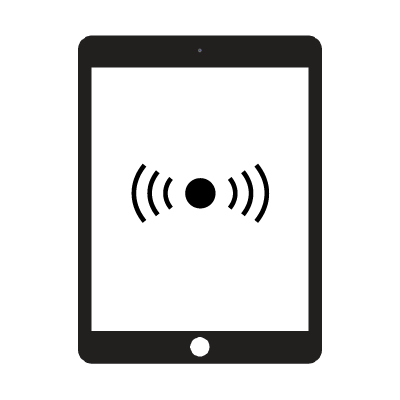
Wi-Fi Search – iPhone

“Chopper” Sound

The sound of a Gigahertz Solutions meter detecting a pure analog signal.
iPad

Wi-Fi Search – iPod

PC Laptop

A wireless router communicating with another device, such as a computer, tablet, smartphone, etc. 2.4 GHz, 5.1 GHz – 5.8 GHz.
HAARP Transmitter

Typical Indoor Mix 1

This is a combination of Wi-Fi, a DECT phone, and a cell phone.
Typical Indoor Mix 2

This is a combination of Wi-Fi, a DECT phone, and a cell tower.
Typical Cell Tower 1
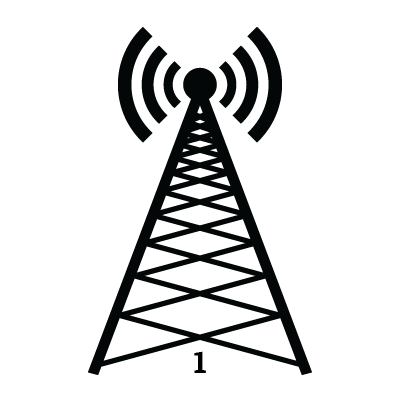
Typical Cell Tower 2
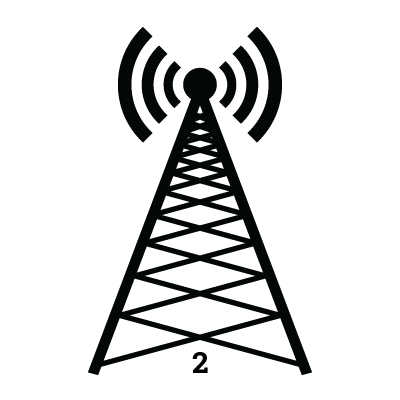
Typical Cell Tower 3
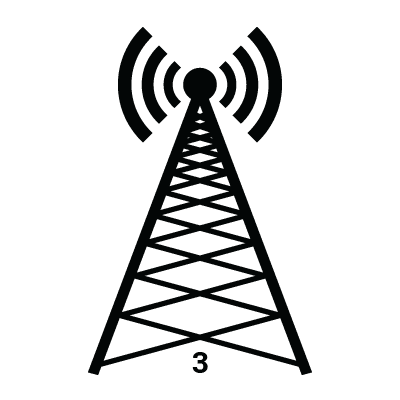
Typical Cell Tower 4
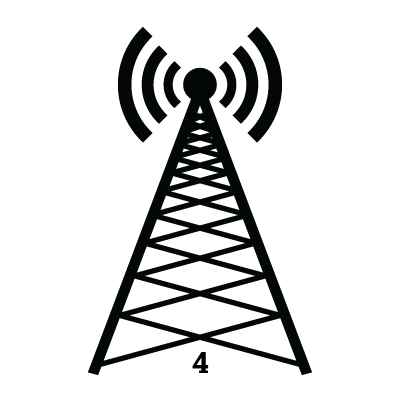
Typical Cell Tower 5
